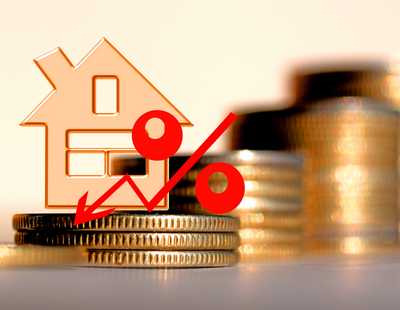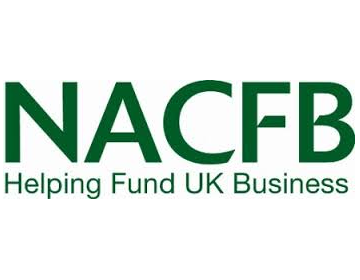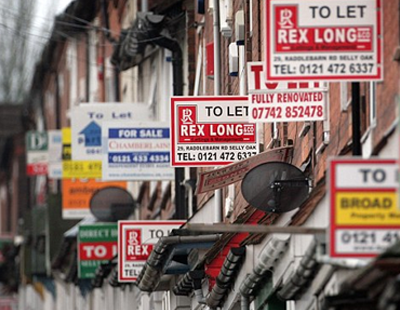There’s almost complete unanimity amongst analysts that this week will see yet another Bank of England base rate rise - and it will not necessarily be the last in the ongoing fight against stubbornly-high inflation.
So far there have been 12 consecutive increases in the Bank of England's base rate, matched by rising mortgage costs
And there is now political pressure for Prime Minister Rishi Sunak to hold an emergency summit in Downing Street with banks and mortgage lenders to discuss support for homeowners as deals continue to disappear from the market.
In the meantime there is every expectation that another rate rise will be announced this Thursday, June 22.
The biggest indicator of what is going to happen on June 22 is not the decision of the Bank of England itself, but the inflation figures to be released the previous day - Wednesday June 21.
Observers say the Bank will not necessarily be influenced by the Consumer Price Index rate of inflation (the one which tends to grab the attention of the mainstream media). This currently stands at 8.7 per cent.
Instead, the figures like to be more influential are in the inflation ‘small print’ - service-sector inflation, and a tweaked version of the CPI figure which excludes energy, food, tobacco and alcohol. This latter measure is called ‘core inflation’ and is the single biggest influence on the Bank’s rate decision.
Sarah Coles, head of personal finance at business consultancy Hargreaves Lansdown, says: “Tracker rates will rise with every Bank of England hike, and there’s a strong chance that most SVRs will increase too. For anyone who moved onto a variable rate mortgage in the hope fixed rates would fall, it’s proving an expensive strategy.
“Meanwhile higher rate expectations mean gilt yields have soared – the two-year gilt yield has risen higher than it did in the aftermath of the mini budget. Higher rate expectations have been priced into fixed rate mortgages, which have risen quickly since inflation figures in May, and dramatically after jobs data.
“The average two-year fix cost 5.75 per cent on 13 June, and 5.9 per cent just 24 hours later. Meanwhile the average five-year fix rose from 5.44 to 5.54 per cent according to Moneyfacts. We’ve seen HSBC raise rates twice in a week, and this won’t be the last of it.
“This has proven a nightmare for anyone going through a remortgage process. Mortgage deals are still a long way shy of the peak in October. However, they’re streets ahead of the rates most remortgagers are currently paying – because most fixed for less than 2.0 per cent
“Someone moving a 25-year £200,000 mortgage from 2.0 to 5.9 per cent could find their monthly payment rising by more than a third, to £1,276. It would add over £400 a month to their bill – which our research shows could force 88 per cent of people into financial difficulties.
“Recent Bank of England figures show the scale of mortgage arrears jumped almost 10 per cent between the end of 2022 and 2033 to £14.9 billion, and this figure is only likely to grow.”


















Join the conversation
Be the first to comment (please use the comment box below)
Please login to comment